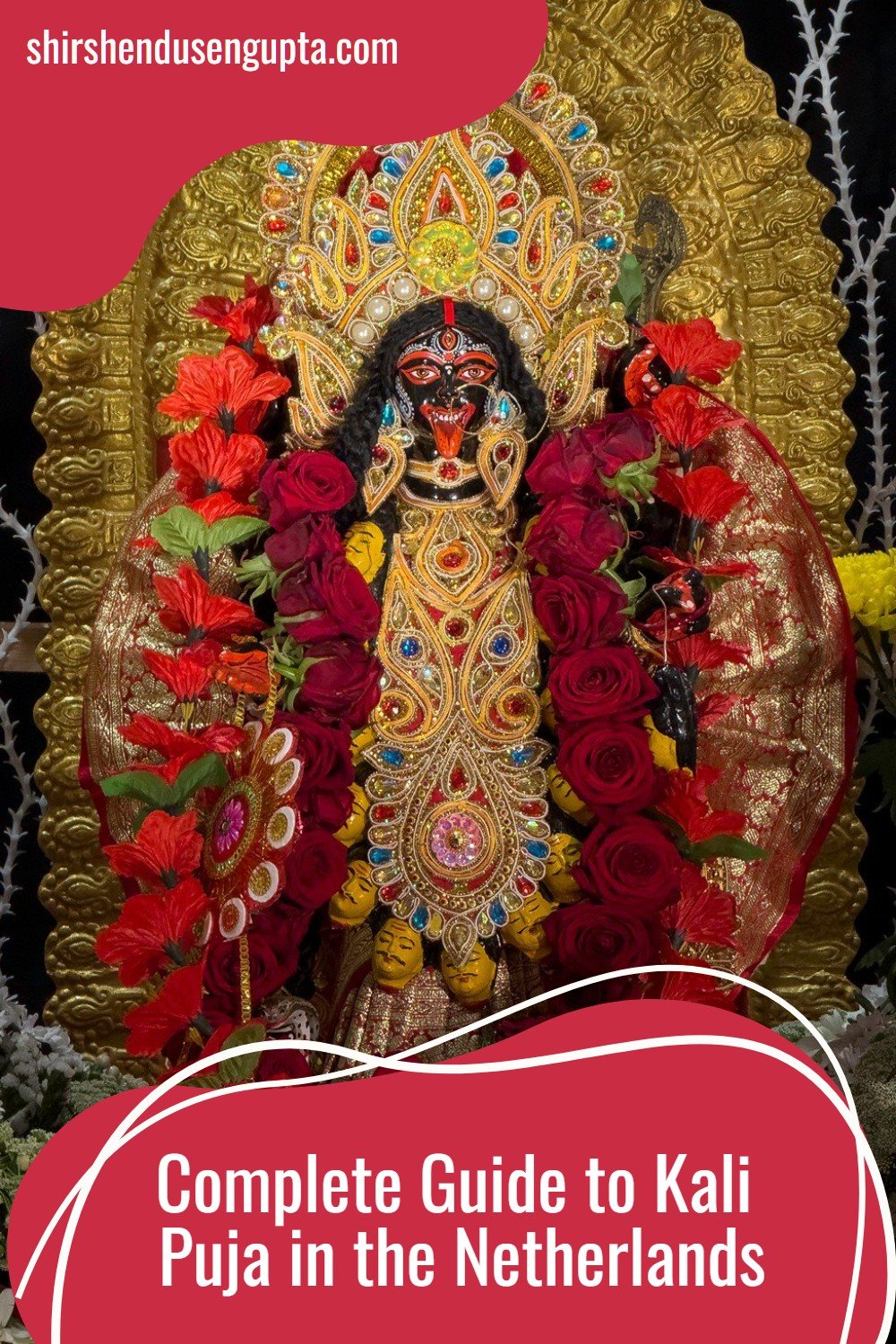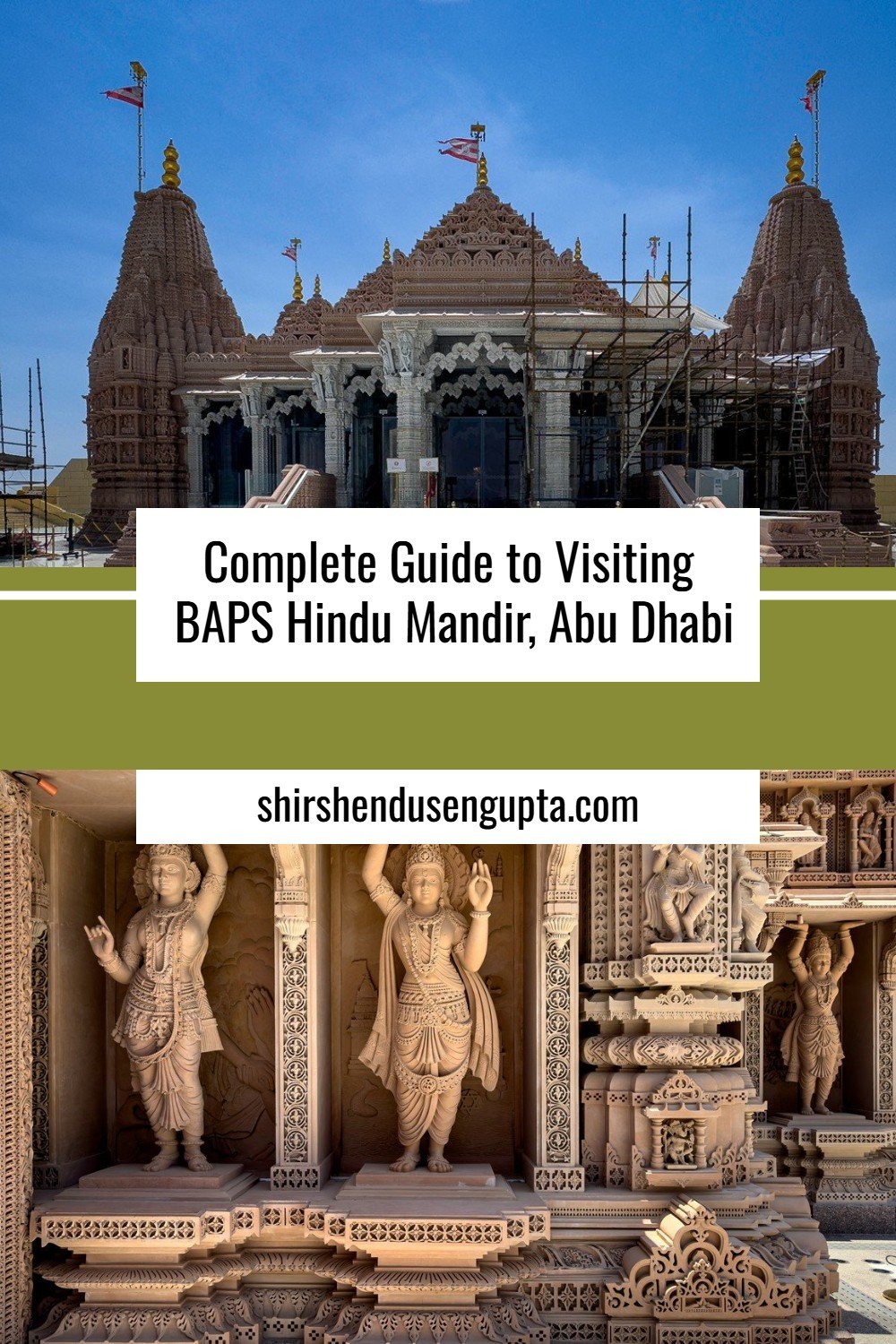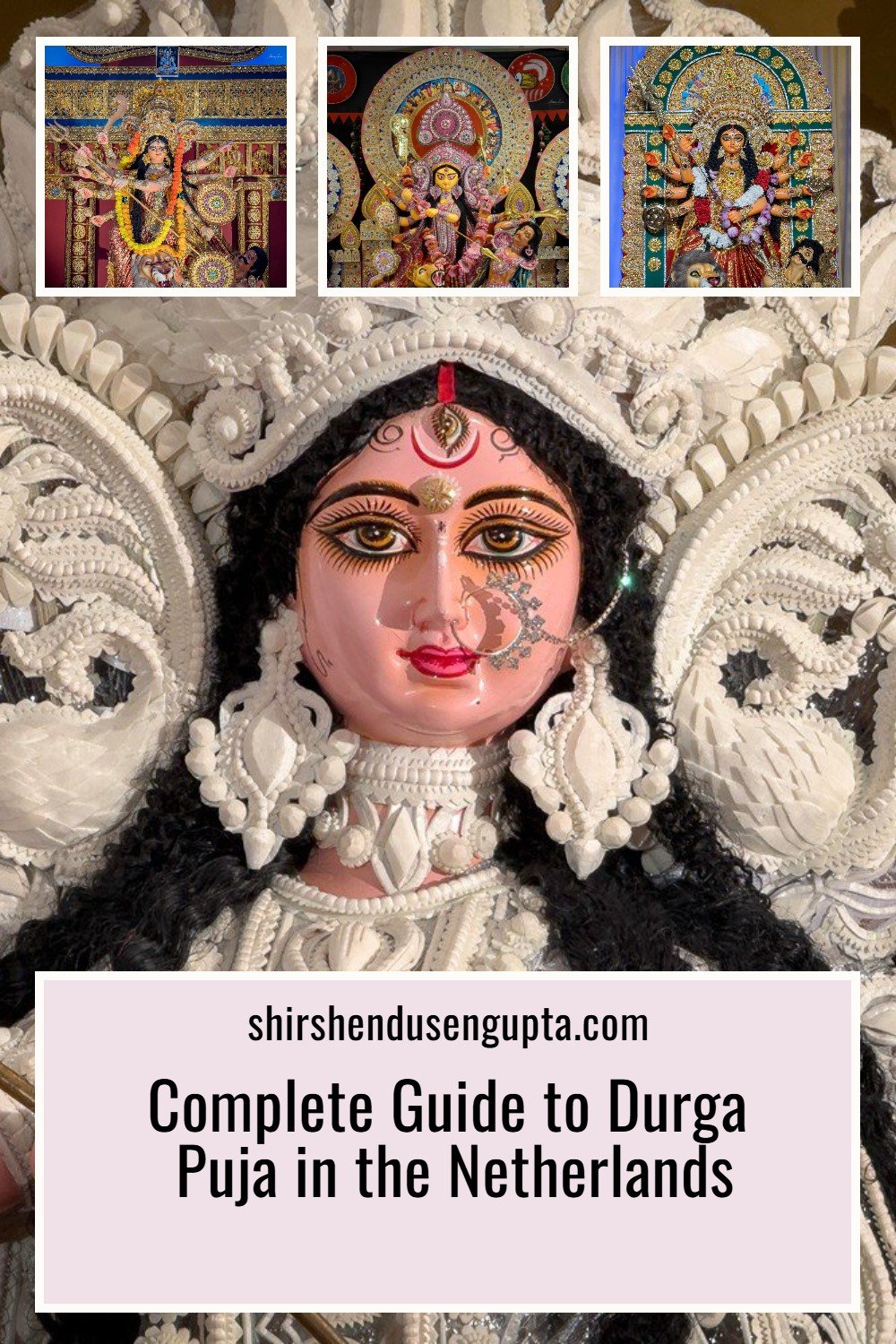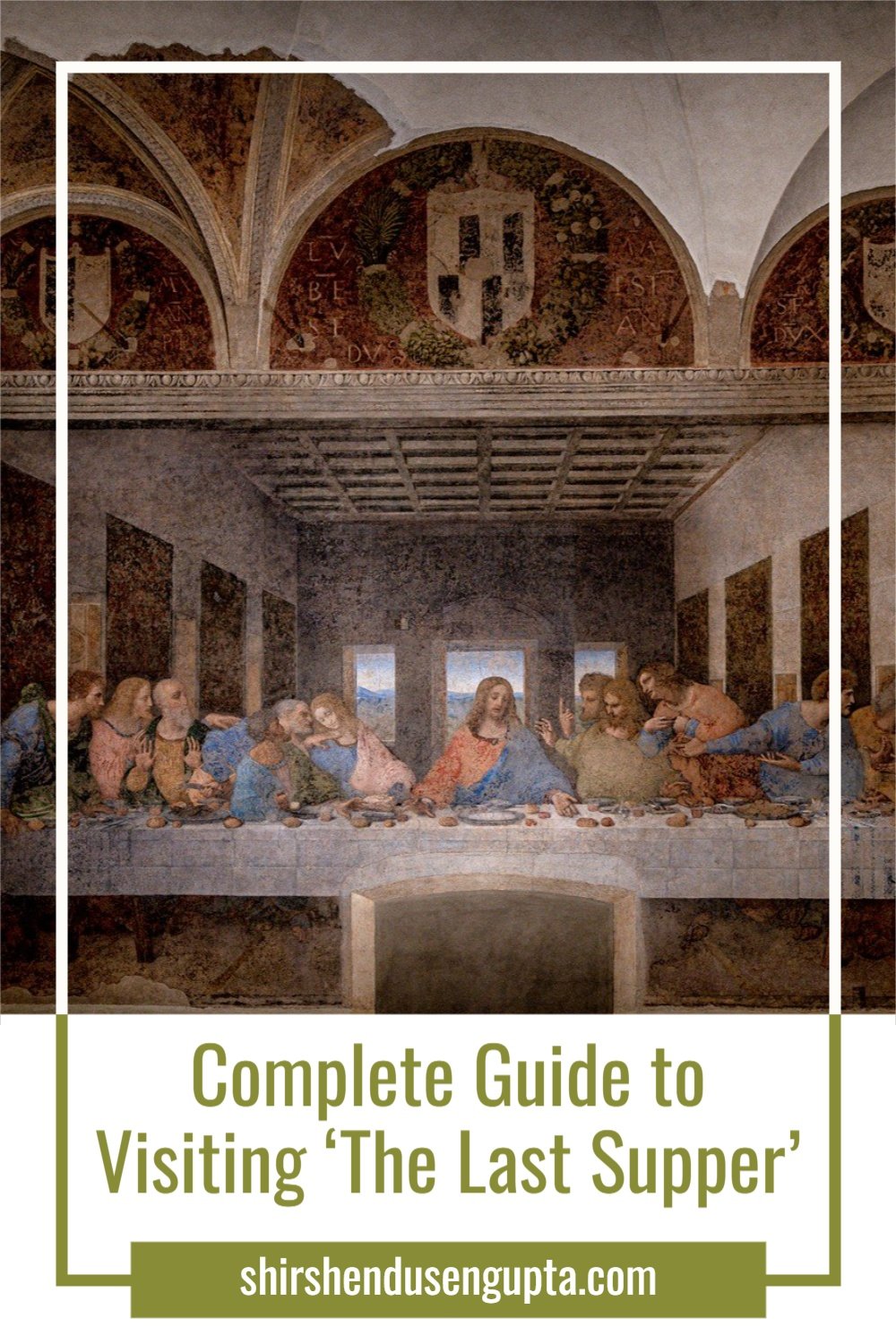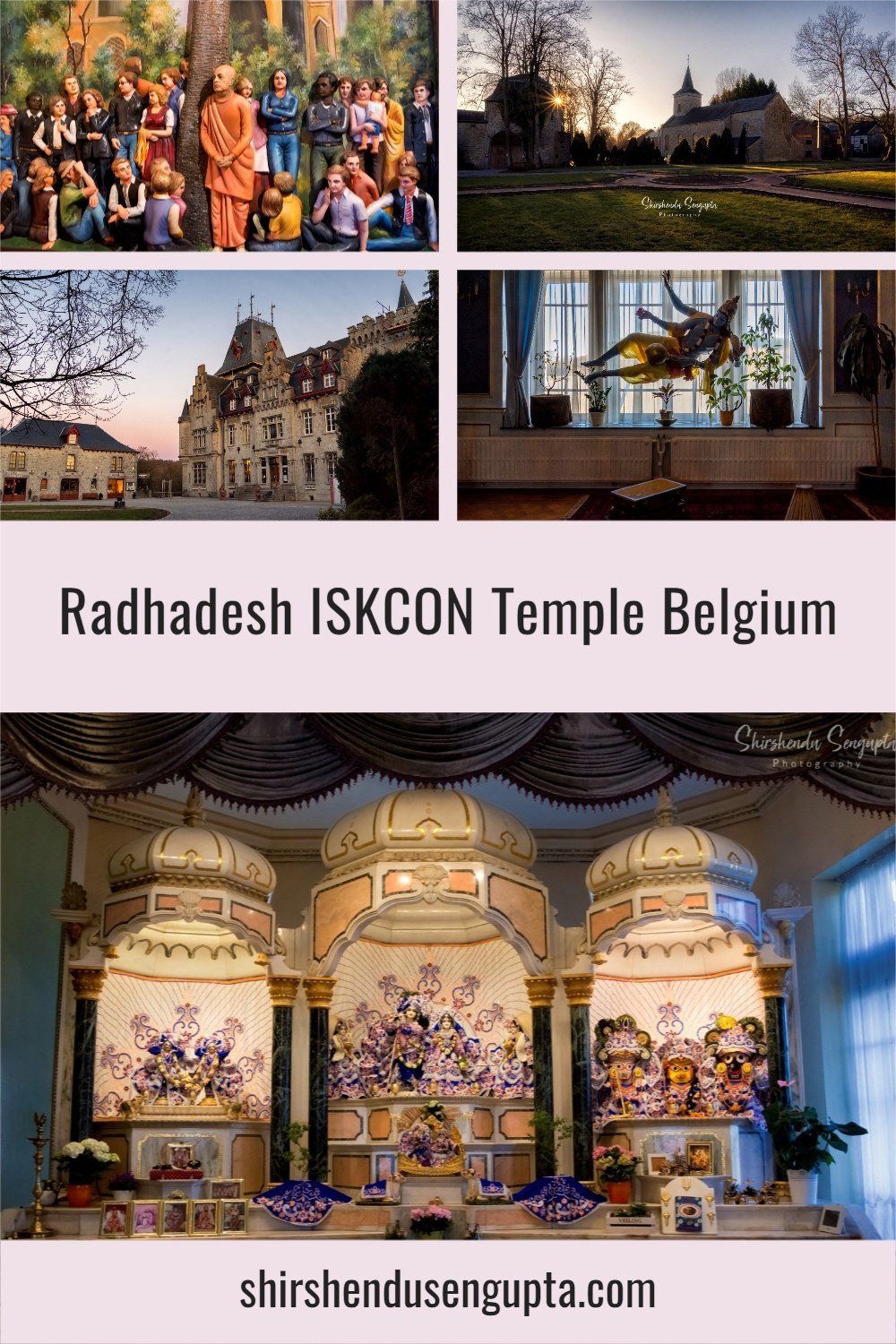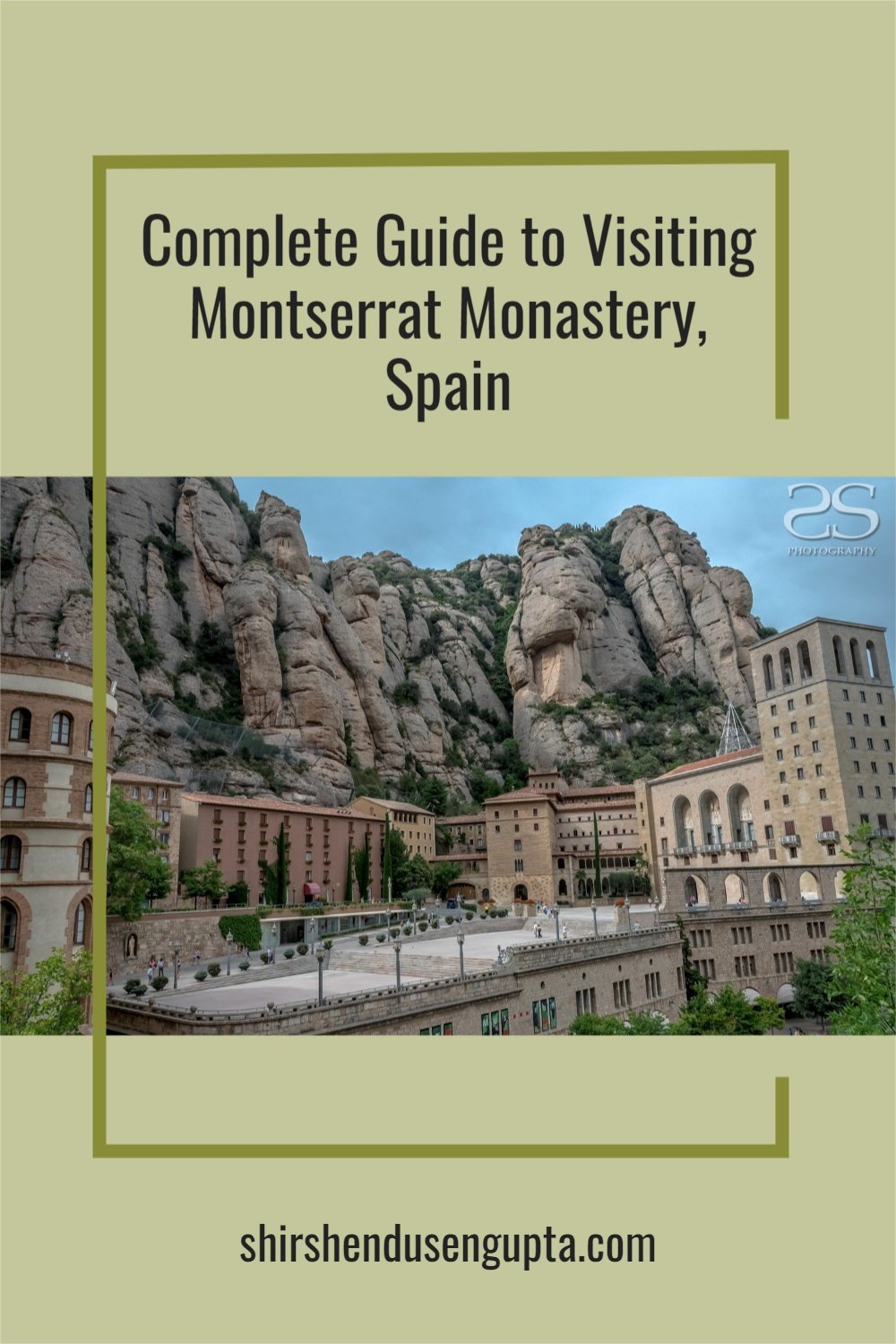Radhadesh ISKCON Temple and Retreat Centre Belgium | Radhadesh Chateau de Petite Somme in Durbuy, Belgium
Prologue
During my engineering graduation days back in India, I was attracted to comparative religion study as a hobby. And that’s when I started visiting the International Society for Krishna Consciousness (ISKCON) which then continued for many years. I read Hindu, Islamic, and Biblical scriptures and mythologies, attended seminars where I discussed, debated, and contemplated with the religious scholars on the similarities between the various major religions of the world. I also challenged the scientific validity of religious dogmas and explored the realization of the cosmic manifestation through the awakening of consciousness. But those discussions are for another time and space. Today, based on my first-hand experience and knowledge, I would like to take the opportunity to introduce you to Krishna Consciousness, the story behind the founding of ISKCON and Radhadesh, Belgium. Let the journey begin!
About Radhadesh
Radhadesh is a spiritual community established in 1979 in the Château de Petite Somme, a 19th-century castle in Durbuy, a Belgian town in the Ardennes, dubbed as the ‘World's smallest city’ famous for its stone homes and cobblestone streets. The community and facilities are spread out over 47 hectares, with pastures and attractive woodlands. The population of the village is estimated to be around 100. Radhadesh is the main center for the International Society for Krishna Consciousness (ISKCON) in the Benelux and is a non-profit organization governed by a democratic general council.
About Hinduism, Vaishnavism, and ISKCON
Hinduism is a broad phrase that refers to India's indigenous religious culture as a whole. However, the name ‘Hinduism’ was coined by the Persians to describe the civilization of people living beyond the Indus River. As a result, Hinduism encompasses a wide range of practices.
ISKCON is a part of the Vaishnava tradition, which is a major component of Hinduism. Krishna devotees are known as Vaishnavas (or His primary expansions). There are approximately 560 million Vaishnavas worldwide, according to the 1996 Britannica Book of the Year. Among the different religious sects in India, Vaishnavism has the most followers. Vaishnavas come from all areas of life and have different levels of commitment.
Sri Chaitanya Mahaprabhu, a 15th-century saint, and religious reformer taught and codified ISKCON's precepts and practices. Sri Chaitanya provided a great push for a large devotional movement that began in his native Bengal and eventually extended across India. As a reformed man, he was a staunch opponent of sectarianism, particularly within the caste system. Hundreds of volumes of philosophy were compiled under his leadership. To assist people re-establish a loving relationship with God, he recommended reciting the holy name of God in the form of the maha-mantra. Sri Chaitanya's devotees are known as Gaudiya Vaishnavas. In 1966, A.C. Bhaktivedanta Swami Prabhupada, the society's founder, incorporated it.
Most ISKCON members live and work in society, practicing Krishna awareness in their homes and only visiting their local temple on rare occasions such as festivals. The organization is dedicated to the propagation of spiritual culture and has centers in almost all countries and significant cities throughout the world.
Who is Krishna?
Krishna is one of the most popular and widely worshipped Indian deities. He is regarded as the Hindu God Vishnu's eighth incarnation (avatar) as well as a supreme God in his own right. Krishna became the center of several bhakti (devotional) cults, which have created a richness of religious poetry, music, and painting over the years. The world’s largest epic Mahabharata and its 5th-century-CE addendum, the Harivamsha, as well as the Puranas, particularly Books X and XI of the Bhagavata-purana, are the primary sources of Krishna's legend. They tell the story of how Krishna (meaning ‘Dark as a cloud’) was born as the son of Vasudeva and Devaki from the Yadava dynasty.
The Story of Krishna
Devaki was the sister of Kamsa, Mathura's cruel monarch (in modern Uttar Pradesh). Kamsa, hearing a prophecy that he would be destroyed by Devaki’s child, tried to slay her children, but Krishna was smuggled across the Yamuna River to Gokula (or Vraja), where he was raised by the leader of the cowherds, Nanda, and his wife Yashoda.
Krishna, as a child, was adored for his naughty antics; he also performed numerous miracles and slew demons. The cowherd Krishna had a reputation of a lover in his youth, with the sound of his flute causing the gopis (cowherds' wives and daughters) to leave their houses and dance ecstatically with him in the moonlight. The lovely Radha, who appears beside Krishna in most of his idols and is likewise worshipped as a deity alongside Krishna, was his favorite gopi. Krishna and his brother Balarama eventually returned to Mathura to kill the evil Kamsa. After discovering the kingdom was in danger, Krishna moved the Yadavas to Kathiawar's western coast and built his palace at Dvaraka (modern Dwarka, Gujarat). He married Princess Rukmini and had several additional wives.
Krishna refused to fight in the great war (of Mahabharata) between the Kauravas (sons of Dhritarashtra, descendants of Kuru) and the Pandavas (sons of Pandu), but he did give the option of his personal presence on one side or the lending of his army on the other. The Pandavas selected the former, and Krishna acted as charioteer for Arjuna, one of the Pandava brothers, leading them to victory via his intellectual, political, and heavenly insight. When Krishna returned to Dvaraka, a brawl broke out among the Yadava chiefs, who ended up killing each other. As he sat in the woods grieving, a huntsman mistook him for a deer and shot him in the one susceptible point on his body, the heel, that resulted in his death.
Interpretation of Krishna’s Life and Personality
Krishna's personality is definitely a composite, and the many aspects are difficult to separate. By the 5th century BCE, Vasudeva-Krishna had become a God. Krishna, the cowherd, was most likely the God of a pastoral society. The Krishna who resulted from the fusion of these personalities was eventually identified as the supreme God Vishnu-Narayana and thus regarded as his avatar. His devotion was marked by several characteristics, the most notable of which was an examination of the parallels between the divine and human love. Krishna's youthful liaisons with the gopis are thus regarded as a metaphor for God's loving interaction with the human soul.
The numerous legends surrounding Krishna's life resulted in a plethora of depictions in painting and sculpture. Krishna (Balakrishna) as a toddler is represented crawling on his hands and knees or dancing joyfully with a butter ball in his hands. The most typical depiction shows the celestial lover playing the flute while surrounded by adoring gopis. Krishna is typically shown with blue-black skin, a yellow dhoti (loincloth), and a crown of peacock feathers in 17th and 18th-century Rajasthani and Pahari painting.
What is Krishna Consciousness?
Krishna consciousness is a level of awareness in which a person behaves in total harmony with the Divine or Krishna's ultimate actuality. It's a type of Bhakti yoga (devotional service) in which the goal is to devote one's thoughts, acts, and worship to pleasing Krishna, the supreme God.
To act with Krishna consciousness is to liberate oneself from the delusion of being a separate being. It's a method to feel the happiness of one's actual, eternal self. It is said that anyone may accomplish it, and that Krishna consciousness comes naturally to everyone. Yoga can be an effective method for transcending the ego and fostering Krishna consciousness.
The Founding of ISKCON and the Hare Krishna Movement by His Divine Grace A. C. Bhaktivedanta Swami Prabhupada
If it were not for Srila Prabhupada, the teachings and rich culture of bhakti-yoga, or Krishna Consciousness, would be kept hidden within India's boundaries forever. Born as Abhay Charan De in Calcutta on September 1, 1896, he joined Mahatma Gandhi's civil disobedience movement as a young man. In 1922, a visit with Srila Bhaktisiddhanta Sarasvati, a distinguished scholar, and spiritual leader, had a significant impact on young Abhay's future calling. Srila Bhaktisiddhanta was a prominent figure in the Gaudiya Vaishnava community, a monotheistic sect of Hinduism. During their first meeting, Srila Bhaktisiddhanta urged Abhay to bring Lord Krishna's teachings to the English-speaking world. Abhay became a disciple of Srila Bhaktisiddhanta in 1933, deeply struck by his dedication and knowledge, and decided to carry out his mentor's request. Abhay, subsequently known as Abhaycharanarbinda (A.C.) Bhaktivedanta Swami Prabhupada, spent the next 32 years of his life preparing for his voyage west.
At the age of 69, he begged for a free passage and boarded the Jaladhuta, a cargo ship bound for New York. The travel was perilous, and he experienced two heart attacks while on board. He arrived at a lonely Brooklyn port with only seven dollars in Indian rupees and a container of his precious Sanskrit text translations after 35 days at sea. He faced significant difficulties in New York, and he began his mission modestly by teaching Bhagavad-gita lessons in lofts on the Bowery and singing kirtan (traditional devotional chanting) at Tompkins Square Park. Many young people were moved by his message of peace and goodwill, and some of them went on to become serious scholars of the Krishna-bhakti tradition. Bhaktivedanta Swami rented a modest storefront on New York's Lower East Side to be used as a temple with the support of these students. Bhaktivedanta Swami founded the International Society for Krishna Consciousness (ISKCON) in July 1966 with the goal of “Checking the imbalance of values in the world and working for real unity and peace,” as he put it.
In the eleven years that followed, Srila Prabhupada traveled around the world 14 times on lecture tours, disseminating Lord Krishna's teachings. Men and women from all walks of life stepped up to accept his message. With their assistance, Srila Prabhupada founded temples, farm communities, a publishing firm, and educational institutions all over the world. In addition, he founded Hare Krishna Food for Life, which has grown to become the world's largest vegetarian food relief program.
Srila Prabhupada also traveled to India multiple times to nourish the roots of Krishna consciousness in their homeland, where he triggered a revival in the Vaishnava tradition. He founded dozens of temples in India, including substantial concentrations in the holy cities of Vrindavana and Mayapura.
Perhaps Srila Prabhupada's most important contributions are his writings. Over 70 volumes on the Krishna tradition were published by him, and experts praised them for their authority, profundity, faithfulness to the tradition, and clarity. Several of his novels have been utilized as textbooks in college courses. His work has been translated into 76 other languages. Bhagavad-gita As It Is, the 30-volume Srimad-Bhagavatam, and the 17-volume Sri Caitanya-caritamrita are among his most well-known works.
The 3D paintings from the temple walls of Radhadesh below depict Srila Prabhupada among western students and him traveling to Russia to spread the message of Krishna Consciousness.
What to do at Radhadesh?
At Radhadesh, you can do the following activities -
Guided Castle Tour - As I mentioned earlier, Radhadesh is located in the 'Château de Petite Somme' which is an unusual combination of European neo-gothic decor and old Eastern culture. Daily tours are available in three languages: French, Dutch, and English. You can purchase tickets online or on the spot. The guide will show you around the castle and take you up to the tower for a panoramic view of the area. Furthermore, you will have the opportunity to meet the current residents of the castle, the members of the spiritual community. In a nutshell, Radhadesh unites an ancient Indian culture with a fortress (whose history dates back to the 12th century).
Retreat Centre - If you are looking for getting away from the hustle and bustle of city life, spending a few days in Durbuy, visiting the nearby forests, and watching the cows graze, then you should visit the Radhadesh Retreat Centre. It provides a comfortable lodging, a fully equipped yoga hall, and courteous service at an affordable price. Spiritual retreats, yoga weekends, seminars, and meetings can all be held at their facilities.
The Museum of Sacred Arts (MOSA) - The Museum of Sacred Arts offers a glimpse into India's traditional and living arts centered on the subject of devotion, across diverse spiritual traditions and faiths. MOSA's collection has almost 2,000 pieces from masters and emerging artists.
Govinda’s Restaurant - Besides the castle, Radhadesh houses the area's only 100% vegetarian and vegan-friendly glass-roofed restaurant, that provides a beautiful setting for a light-filled lunch, afternoon tea, or dinner. It serves a diverse menu of delectable snacks and meals right from eastern flavors to simple french fries and burgers. The main platter (which is rotated on a daily basis) consists of lentil soup, mixed vegetables, Indian bread, rice, and a fried pastry. When the weather permits, you can also relax on the terrace and take in the views of the castle and its grounds. Radhadeshnot only has a lovely view but also has a beautiful forest path. Taking a walk after meals, according to Eastern traditional medicinal rules, is extremely healthy. Radhadesh's wooded paths give you this possibility.
Radhadesh Bakery - Nadia Bihari and his wife Syamalika founded the Radhadesh bakery in June 1989 as a family business, that is now run by the Radhadesh community members. They feature a wide range of exquisite sweets and savory treats to satisfy everyone's preferences right from freshly baked olive, walnut, and raisin bread to cookies, cakes, and natural jams. If you want to grab a bite to eat on the go, they also serve warm chocolate, raisin or almond croissants, honey walnut baklava, French cheese filo pastry, or Indian laddu.
Boutique Gift Shop - Radhadesh has a boutique gift shop located in the wonderfully landscaped front garden, right adjacent to the château. It has a wide selection of things that are ideal as gifts or as mementos of your visit like Indian-inspired textiles, jewelry, incense, spiritual products, musical instruments, books, and CDs. They also have a large collection of Indian classical statues, as well as more traditional things such as puja plates, deities, tilak, and ayurvedic items such as toothpastes, soaps, and shampoos. A wonderful selection of organic snacks, spreads, chocolates, and drinks are also available, perfect for an unplanned picnic on the lawn. And last but not least, the gift shop also offers a wide variety of clothing, kitchenware, and toys.
How to Visit Radhadesh?
Address: Petite Somme 5, Durbuy, Belgium
By Car: Driving is the most practical way to get to Radhadesh, especially if you're traveling from Brussels or other large Belgian cities. Road access to Durbuy is easy, and Radhadesh is a short drive from the town center. We drove from Brussels to Radhadesh.
By Public Transport: If you're more comfortable using public transport, you can travel to neighboring cities like Liège or Namur by train or bus. From there, you can take a local bus or a cab to get to Radhadesh.
Opening Hours, Reservation, and Prices: Radhadesh is open daily from 10.00 to 13.00 and 14.30 to 17.00. For more information on the opening hours, reservations, and prices for each of the activities mentioned above, please visit their website mentioned below.
Website: radhadesh.com
Epilogue
So that was the story about the Hare Krishna Movement, the founding of ISKCON and Radhadesh, Belgium. Please let us know in the comments below if you enjoyed reading this article.
And if you want to explore more such beautiful places to visit in Belgium, please read our article Belgium City Breaks | 5 Best Weekend Getaway Places to Visit in Belgium | Top 5 Must See Travel Attractions of Belgium. Until then, merry traveling and happy shooting!
Pin the article
Bookmark the article for reading later!
Want to license/buy photos in the article?
License photos for commercial/editorial use or buy photo prints!
Want us to write an article for you?
Articles for magazines, newspapers, and websites!
Watch our Videos
Check out our videos on our Youtube Channel!
Join the Newsletter
Get updates on our latest articles!
We respect your privacy. Read our policy here.



